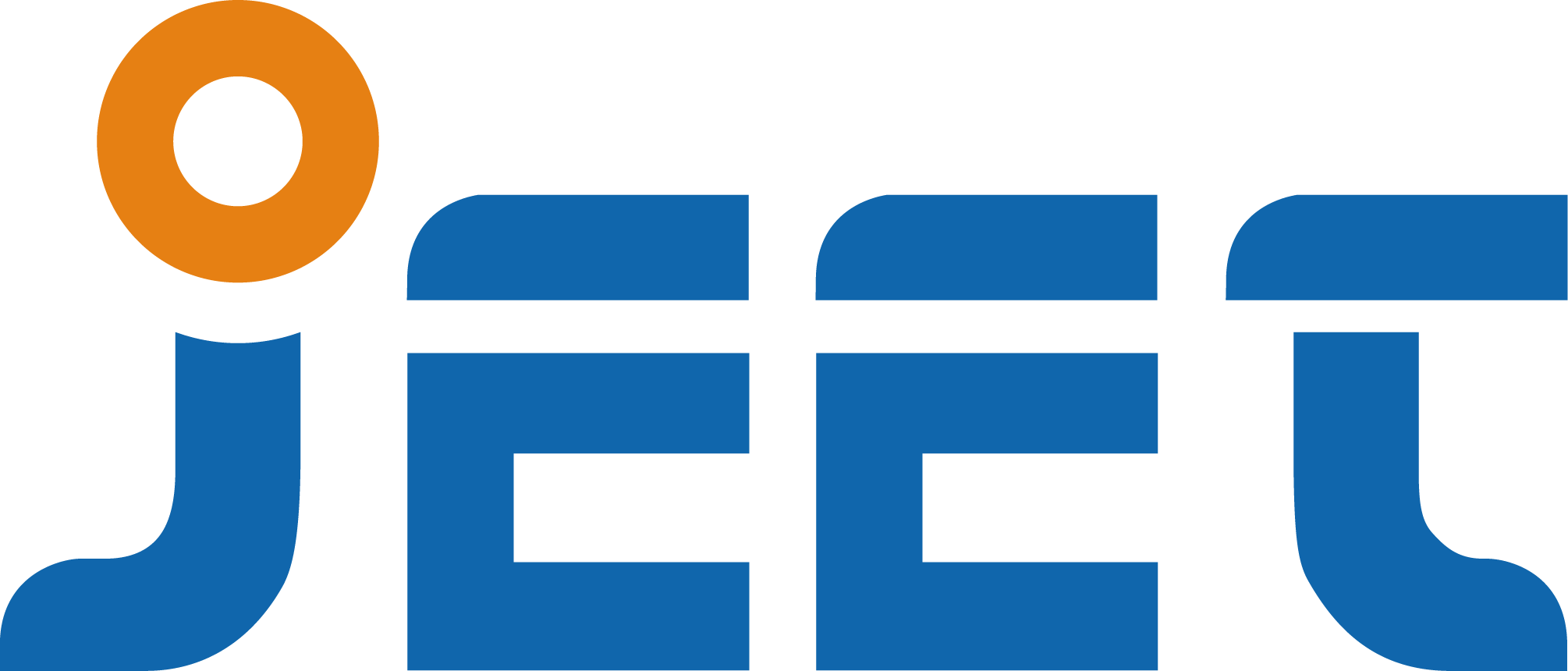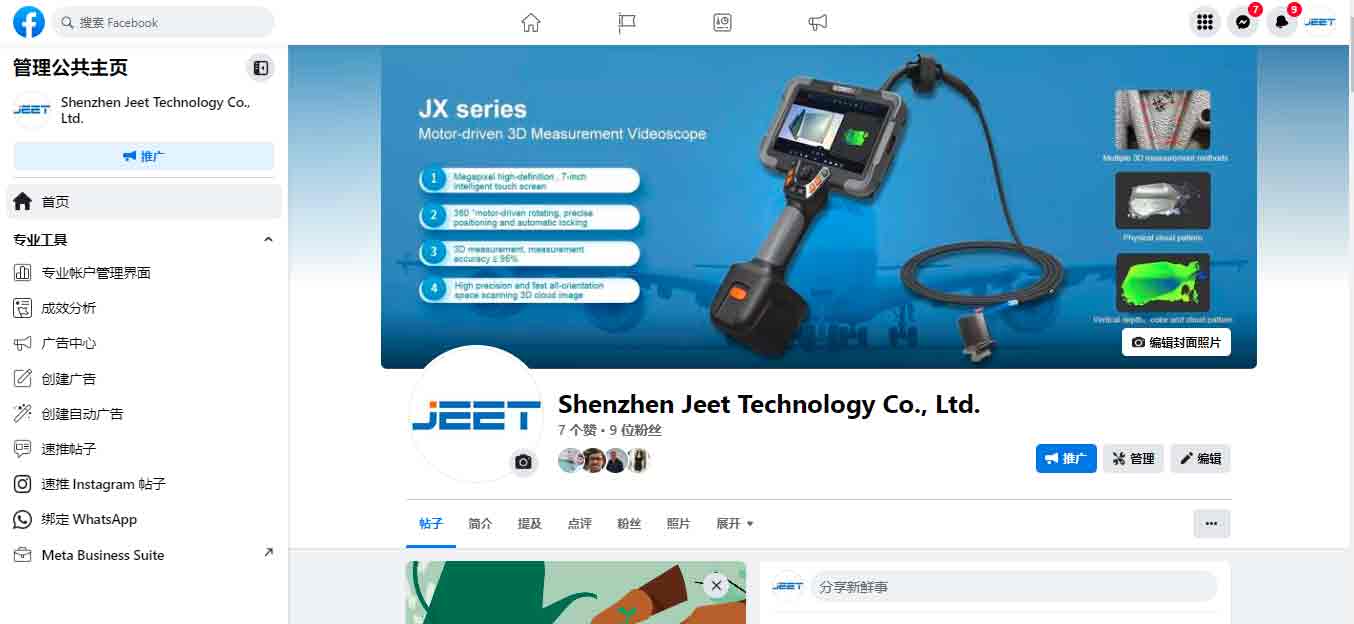Exploring the Inside: How a Borescope Can Revolutionize Your Inspection Process
In industries where visual access to internal components or machinery is crucial, traditional inspection methods often fall short. Enter the borescope, an invaluable tool designed to peer into spaces that would otherwise be impossible to inspect. Whether for preventive maintenance, quality assurance, or troubleshooting, a borescope can transform the way inspections are carried out, offering precision, safety, and efficiency.
What is a Borescope?
A borescope is a specialized instrument equipped with a long, flexible or rigid tube that contains a camera at one end. This camera transmits real-time video or captures high-quality images from areas that are difficult or impossible to reach with the naked eye. Industrial borescopes often include features such as adjustable LED lighting, articulation for maneuverability, and HD image or video capture capabilities.
Benefits of Using a Borescope for Inspections
1.Access to Inaccessible Areas Borescopes are designed to inspect narrow or hard-to-reach spaces, such as the interior of pipes, machinery, engines, or other complex assemblies. They allow operators to gain visual access without dismantling entire systems, saving both time and effort.
2.Enhanced Safety In hazardous environments, such as those containing chemicals, extreme heat, or confined spaces, using a borescope eliminates the need for personnel to enter dangerous areas. By remotely inspecting equipment, safety risks are significantly reduced.
3.Improved Precision and Detail Borescopes offer high-definition imaging, ensuring that even the smallest defects, cracks, or blockages can be detected. Some advanced models also allow for magnification, which aids in performing detailed inspections for quality control or failure analysis.
4.Cost Efficiency Traditional inspection methods often involve dismantling equipment or machinery, which can lead to significant downtime and labor costs. With a borescope, you can perform non-destructive testing (NDT), which means inspections can be completed quickly without stopping operations, reducing overall costs.
5.Documented Results Industrial borescopes are equipped with recording capabilities, allowing you to capture still images or video footage of the inspection. This documentation can be used for further analysis, maintenance reports, or to track wear and tear over time.

How to Choose the Right Borescope for Your Needs
When selecting a borescope for industrial use, consider factors such as:
Camera Resolution: Higher resolution provides better image quality, which is essential for detecting fine details.
Flexibility: Flexible borescopes offer greater maneuverability, while rigid borescopes provide stability for inspecting straight-line areas.
Lighting: Built-in LED lighting ensures that dark internal areas are well-illuminated during inspection.
Articulation: Borescopes with articulated tips allow for better control in confined spaces, improving the scope’s ability to navigate around obstacles.
Recording Features: The ability to record and save images or video helps in documenting inspections for further analysis or reporting.
The integration of a borescope into your inspection process can significantly enhance efficiency, safety, and accuracy. By providing clear visuals of otherwise inaccessible areas, borescopes reduce downtime, prevent costly repairs, and help maintain equipment in optimal working condition. Whether in manufacturing, automotive, aerospace, or beyond, the use of a borescope is a game-changer in modern inspections.



